Lens cases - what are they?
These practical cases are used to transport camera accessories, primarily lenses. They serve to protect the valuable equipment. To protect expensive lenses, it is recommended to use a padded version to avoid damage. But other models are also available. These depend on the photographer's needs and the camera manufacturers.
Many models are equipped with thick foam pads for easy transport. In addition, there is a drawstring with a quick-release clip to hold the quiver in place. Furthermore, the quivers have a snap hook to attach the bag to a belt loop or other objects. Not only lenses find a place in it, but also other accessories. Many things are needed on a photo safari, for example, and these can be transported well with the lens quiver. These cases are available in different sizes from different companies. You will find the right lens case according to your desired dimensions. The material also varies. Neoprene bags, which are dust- and water-repellent, are in vogue. Small cases are also used as quivers, especially for valuable camera accessories. They provide effective protection against foreign influences.
The special lens storage
Lens quivers made of neoprene are especially in the focus of many photographers. These models guarantee protection against moisture, dust and shocks. The attachment can also be quickly released when it matters. In addition, the neoprene models are water-repellent and prevent water from getting inside. Another plus point is the belt clip. This allows the quiver to be worn on the body. So everything is quickly at hand. Safe storage for your lens.
Protection against theft?
Professional photographic equipment can cost a lot and must be protected against theft. After all, this can happen anywhere - both when travelling and in your own region. Some precautions need to be taken to ensure that expensive photographic equipment is not lost or damaged. For example, some manufacturers offer an anti-theft device: a stable and resistant net made of cut-resistant stainless steel wire netting. The net is simply placed around the luggage and locked with a security lock. In this way, every lens case can be packed in a theft-proof way. It is also suitable for travel bags and backpacks. The delivery also includes a handy storage bag. The net can then be easily stowed in it.
Effective protection against foreign influences
Water and moisture have always been enemies of photography. Manufacturers of lens cases react to this with various measures. Even bags made of cotton material are impregnated. This makes them water-repellent for at least a certain time. But here, limitations have to be reckoned with. Impregnation cannot prevent large amounts of water from soaking the bag. This can happen, for example, after a heavy rain. Thus, the protection against moisture of impregnated bags is only of short duration. In addition, there are mechanical stresses such as sunlight and dirt. That is why some photographers impregnate their bags regularly.
Cases as lens quivers?
Most photographers use backpacks as lens quivers. But suitcases are also still popular. These are often used as trolleys. However, most only use this for short trips. The support bar must ensure easy handling. At the same time, everything must be sturdily fastened. However, there are many obstacles with this case. For example, stairs, cobblestones, meadows and fields are difficult to negotiate. Then the suitcase has to be carried and that can become a problem. Suitcases are therefore more suitable for photographers who fly frequently and transport their equipment internationally. For more local or regional trips, a backpack is better recommended.
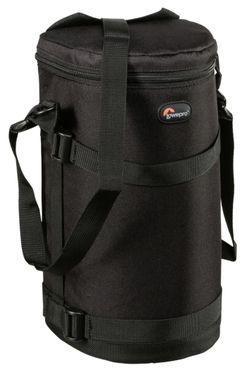
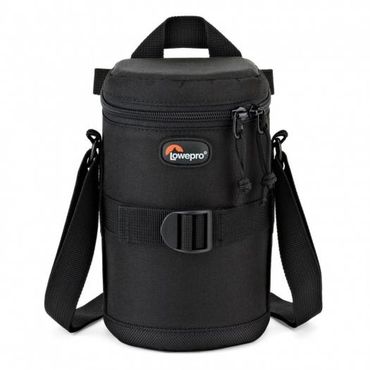
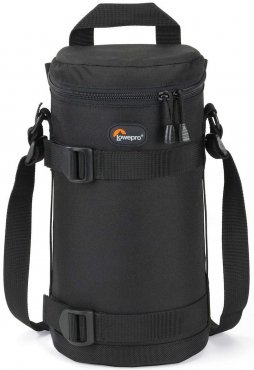
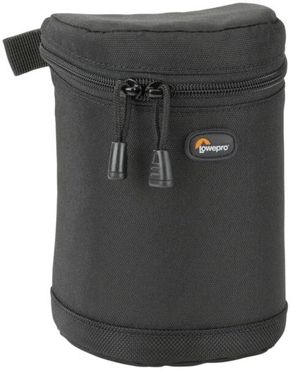
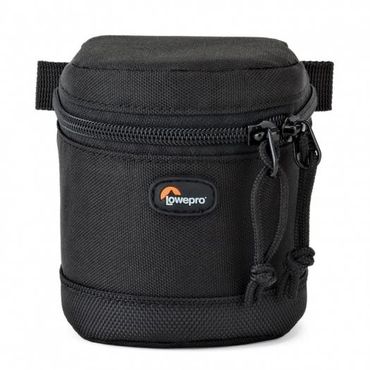
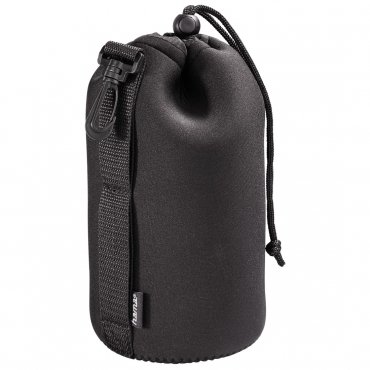
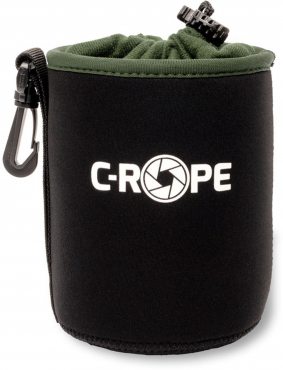
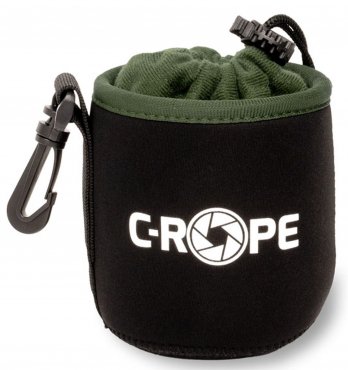

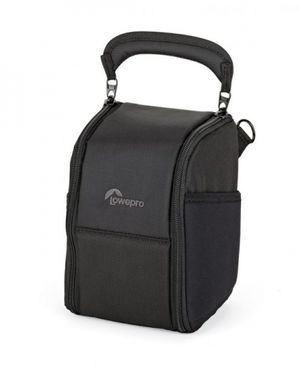
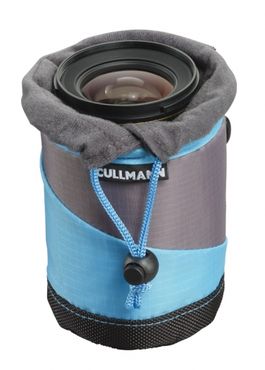
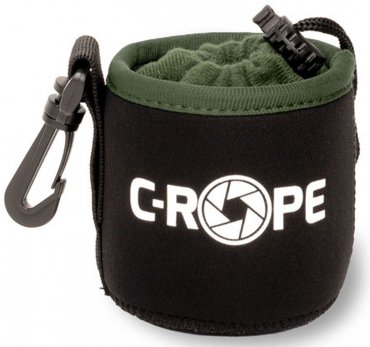
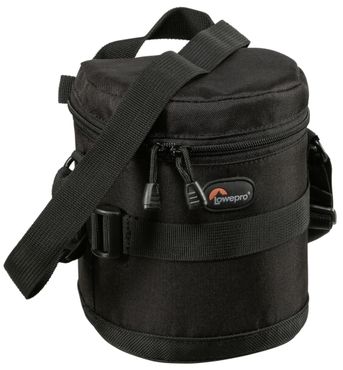

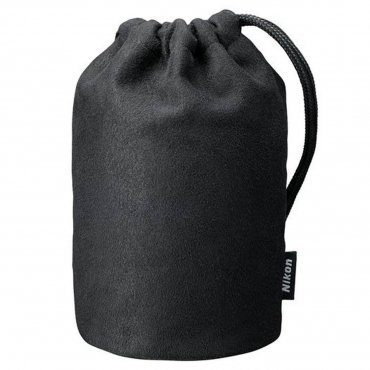

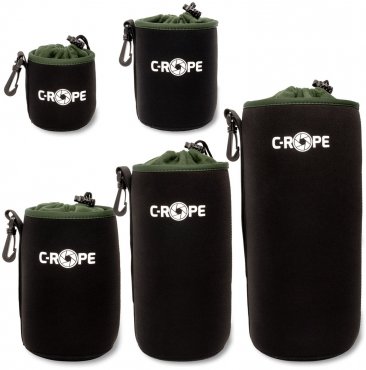
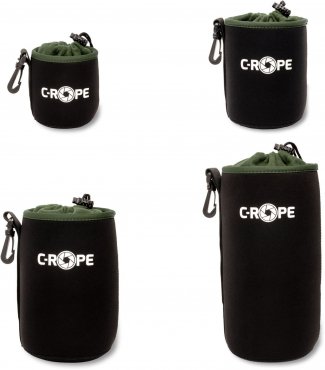
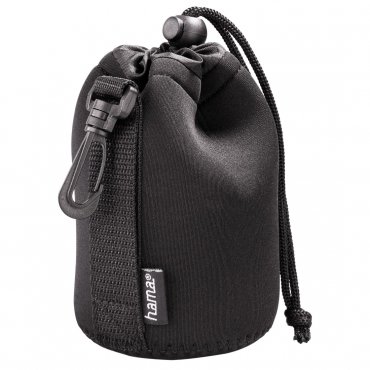
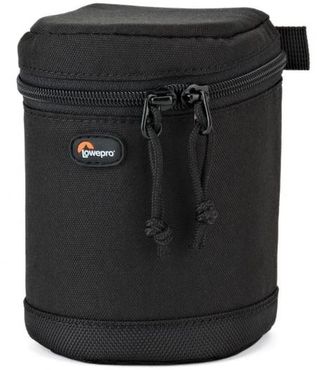
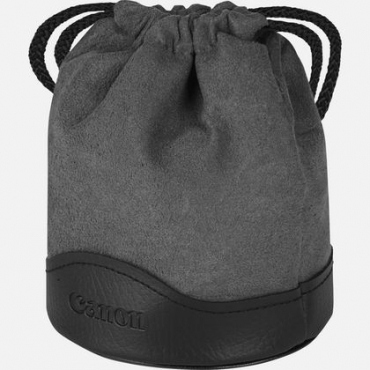
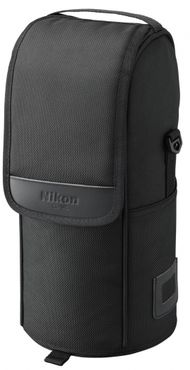
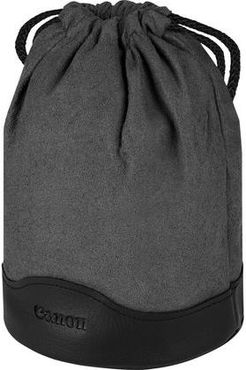
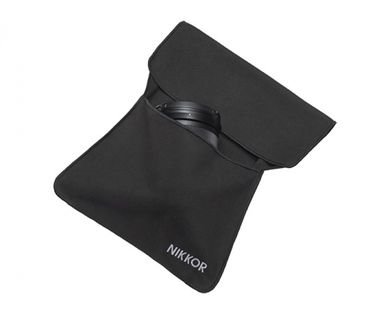
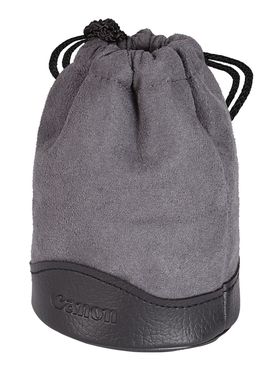

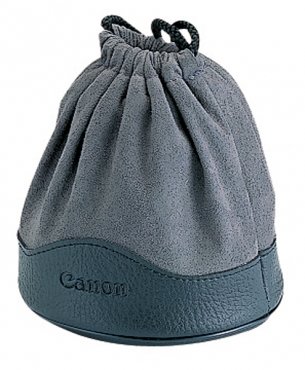

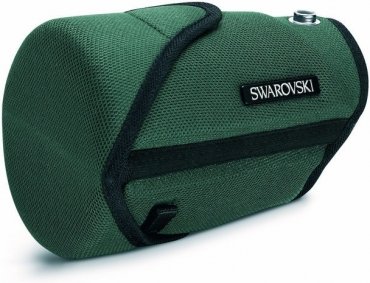
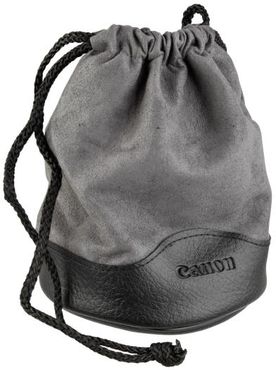
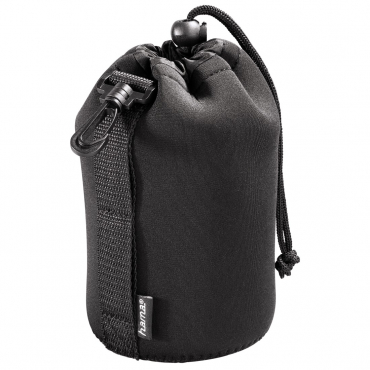
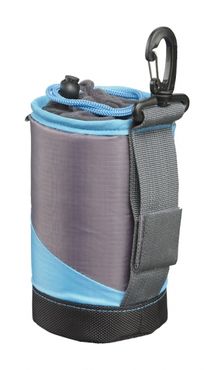
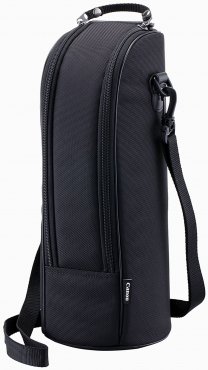
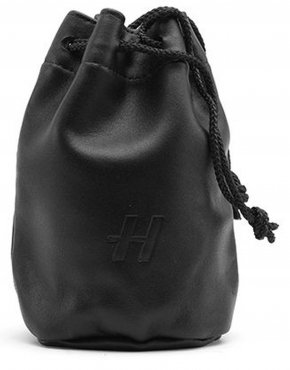
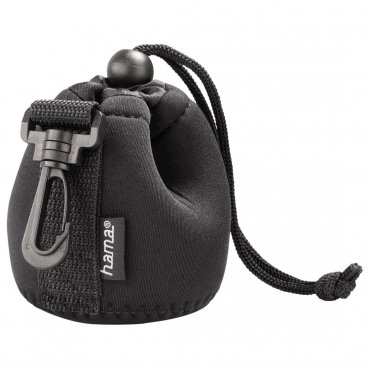
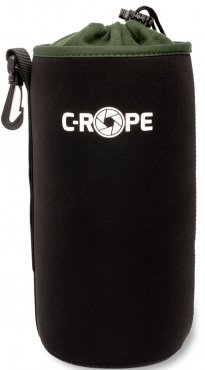
Simply subscribe and benefit as a newsletter recipient every week: